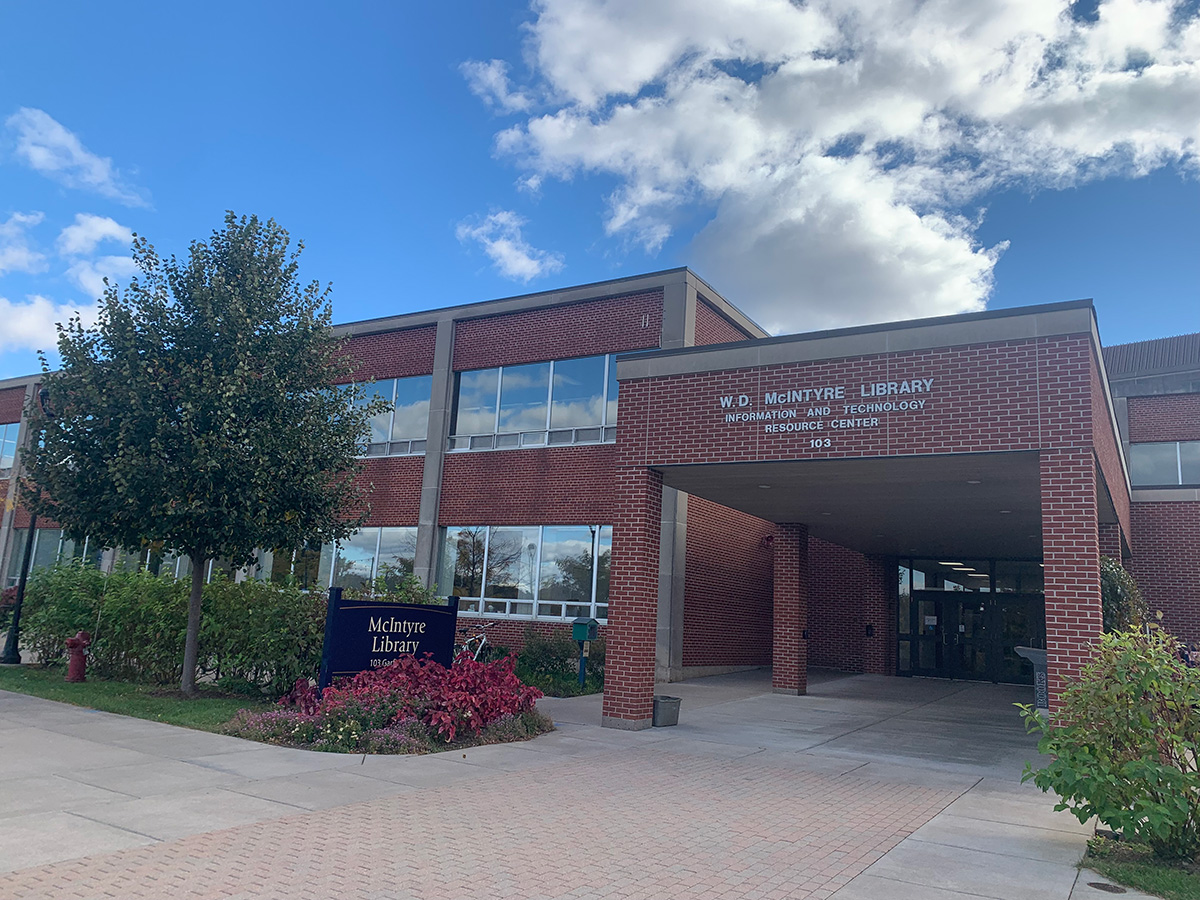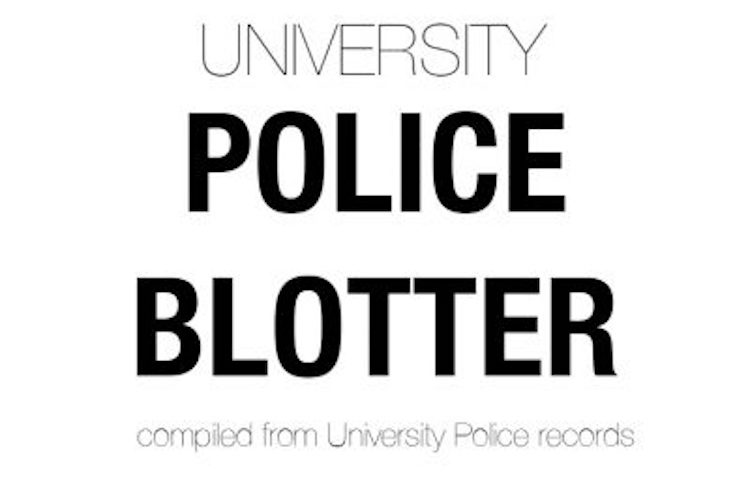 Lyssa Beyer
Lyssa BeyerTwo retired New York police detectives, Kevin Gannon and Anthony Duarte, have linked over 40 drowning deaths of male college students across the Midwest as the work of a national gang of serial killers, according to an MSNBC report.
According to the report, the link they think they’ve found is a smiley-face symbol drawn near where many of the drowning victims’ bodies have been discovered.
Many of those students attended universities in Minnesota and Wisconsin, including two UW-Eau Claire students and a visiting Minnesotan. Craig Burrows, Michael Nolls and Joshua Snell were all included on Gannon’s list of Midwestern students possibly murdered and left in bodies of water.
However, Eau Claire Police Chief Jerry Matysik doesn’t believe any foul play was involved in the three Eau Claire drownings.
“You can’t have torture or homicide without trauma, and in our cases there was no trauma to any of the bodies,” he said. “There were complete and professional autopsies done, physicians said there was no trauma and ruled them separate drowning deaths. All the evidence points to accidental drownings with the contributing factor of alcohol.”
Likewise, the FBI released a statement regarding its own investigation into the matter. They also determined there is no link between drowning deaths across the Midwest.
“Over the past several years, law enforcement and the FBI have received information about young, college-aged men who were found deceased in rivers in the Midwest,” Supervisory Special Agent Richard J. Kolko wrote in the press release. “To date, we have not developed any evidence to support links between these tragic deaths or any evidence substantiating the theory that these deaths are the work of a serial killer or killers. The vast majority of these instances appear to be alcohol-related
drownings.”
Matysik said the Eau Claire Police Department is always open to new information and leads, but has heard nothing from the two detectives or any other officials on the matter.
“We’ll never shut out anybody with any information we ought to consider on any case,” he said. “When we first heard about this story . they went to a press conference in New York and we reached out to them by e-mail and telephone, but have heard nothing.”
St. Cloud State University professor D. Lee Gilbertson has also gotten involved by having his criminal justice students study and map many of the cases, Matysik said, adding Gilbertson has come out in support of the detectives’ theories but had made a visit to Eau Claire in January of 2007 to discuss the three local deaths with the police department.
After taking Gilbertson around to the various scenes and reviewing evidence, Matysik said he agreed that the Eau Claire cases were most likely accidental and there was no indication of homicide.
“What happened between January of 2007 and now I don’t know, but we were never contacted with any concerns or additional information,” Matysik said.
As for the claims of smiley face drawings at the scenes, Matysik said graffiti is very common in many cities and Eau Claire and La Crosse have found no such drawings.
“If you’re looking for something months or years after something occurred, how do you know (the graffiti) was at the original scene,” he added.
Matysik said the detectives have implied that local law enforcement agencies haven’t looked at the big picture, but these cases have made huge impacts on the communities they effect.
“Communities have collaborated and worked together to see if there are any links,” he said.
Unfortunately, Matysik added issues and links between cases will always resurface and become public discussion long after the police have put the issue to rest. The strain of the discussions will also continue to hit the families close to home, he added.
“These rumors will never go away,” he said. “We’re very, very respectful of family members that have suffered a loss like this. It’s difficult emotionally and they’re very vulnerable, but what’s sad to me is that because of that fact they can sometimes be sucked such as where they think these people are offering solutions and answers.
“It’s unfair to communities, the families and law enforcement.”






